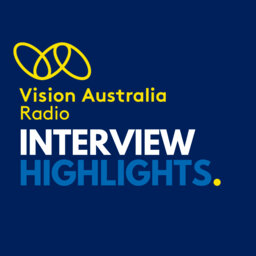Interview Highlight: Rebecca Keeley - Yarn Speech
Australian families are facing wait times of up to four years for essential speech therapy. Rebecca Keeley, Speech pathologist and Founder of Yarn Speech, has released an app - a digital solution transforming Australian families access to critical speech pathology services. Peter Greco learns the details from Rebecca.
More info: Yarn Speech
 Interview Highlights from Vision Australia Radio
Interview Highlights from Vision Australia Radio


